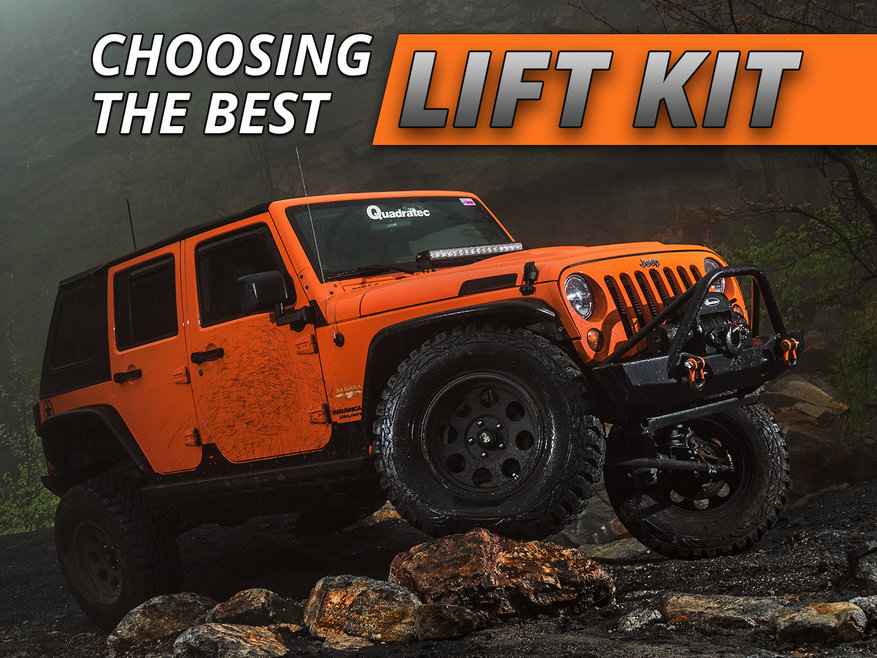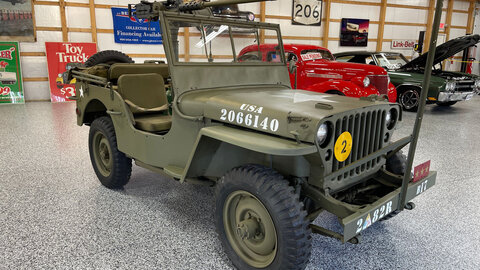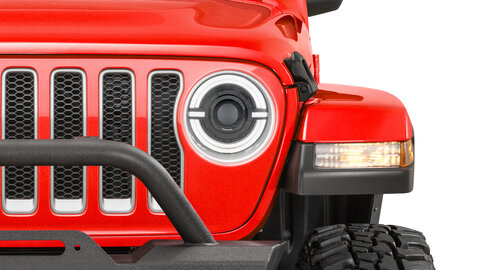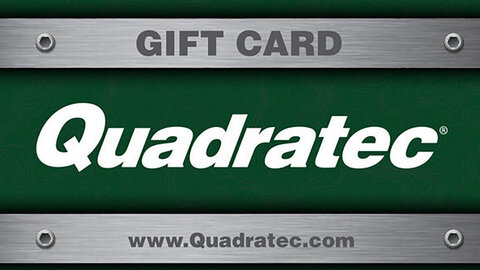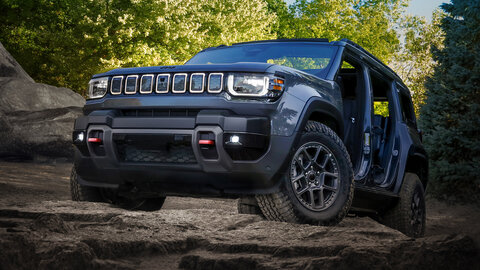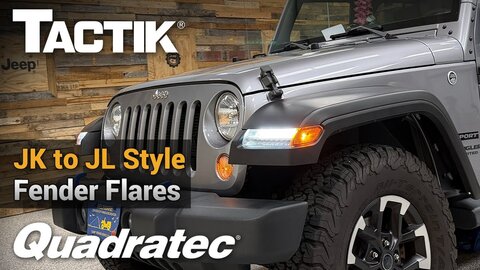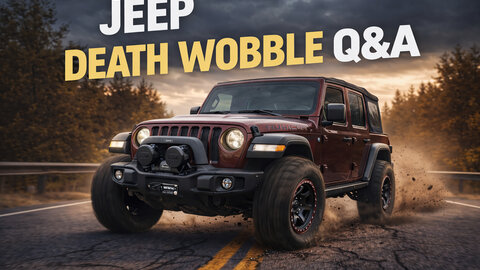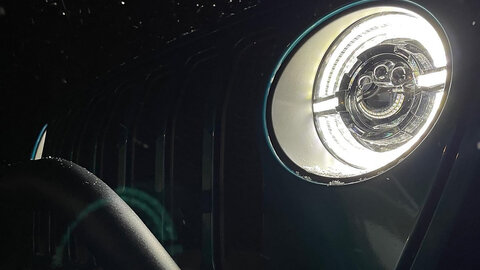Properly And Safely Lifting Your Jeep Shouldn’t Be A Mystery. Nor Is It Strictly For Off-Road Only. We’ll Help You Cut Through The Fog And Determine If A Kit Is Right For You And What Else Is Involved In The Process.
by Matt Konkle
Creative Content Managing Editor
It happens from a young age. You’ve got toys, but you really want the bigger versions. Bigger blocks. The bigger action figures. Dolls, bikes, Big Wheels, beach toys. Whatever. The same goes for a trip to the movies or restaurant. Forget that small bag of popcorn or kids meal, you want the bigger bag and adult meal. It’s just how things go.
And now here you are, with that beautiful stock Jeep vehicle sitting in your driveway; all kinds of ideas rolling around in that head of yours. You’ve seen the advertisements, or those other built-up Jeeps around town that look like they could crawl over a mountain. Maybe a buddy has one, or perhaps someone from work. You want nothing less than to make your Jeep look like that as well.
But pump those brakes a minute because believe it or not, lifting a Jeep isn’t just slapping on some components and jumping behind the wheel to drive off. Maybe you knew that already, maybe not. Fact is though, there are plenty of different type kits out there and each one may have different components. Plus, lift kit modifications can be tricky. Even a bit daunting. What does it all entail? How do you know the right type of kit to buy? What are the cost differences? What other parts are involved or needed? How will the ride quality be affected?
Quite the dilemma.
This is the same issue Scott Ammerman faced shortly after buying his pitch black 2008 Jeep Wrangler Unlimited Rubicon, dubbed Project Snake Eyes.
Ammerman, a staff writer and product tester for Quadratec, already had much of his aftermarket upgrade list laid out for the vehicle. Things like bumpers, flares, brakes, hinges and lighting. Necessary things. Important things. However, Ammerman wanted to start everything off with a lift, and quickly realized a lot more preparation should go into that decision than just getting, well, something.
”One of the first mods I wanted to tackle when Project Snake Eyes came home was to lift the vehicle in order to get more ground clearance and add larger tires,” Ammerman said. “I wasn’t looking for something to set the Jeep apart from the crowd, but in choosing a kit I also didn’t want to just settle for anything either. I drive around 25-thousand miles a year, so it was important to me to do some research and figure out the best kit I could get to take off-road without sacrificing daily drivability.”
”The more I got into it, the more I understood I needed to take my time and do it right, because the alternative could mean I put something on I didn’t need and doesn’t fit my future plans.”
”And that overall would end up costing more money I could use for other modifications.”
For Ammerman, he knew what he wanted out of his vehicle and made a plan. For many others though, including first-time owners, that starting line is not so clear.
So let’s brush away some of that mystery and go into detail about lift kits, such as what they are and do, their different types and sizes, whether you really need one, as well as other modifications you may need.
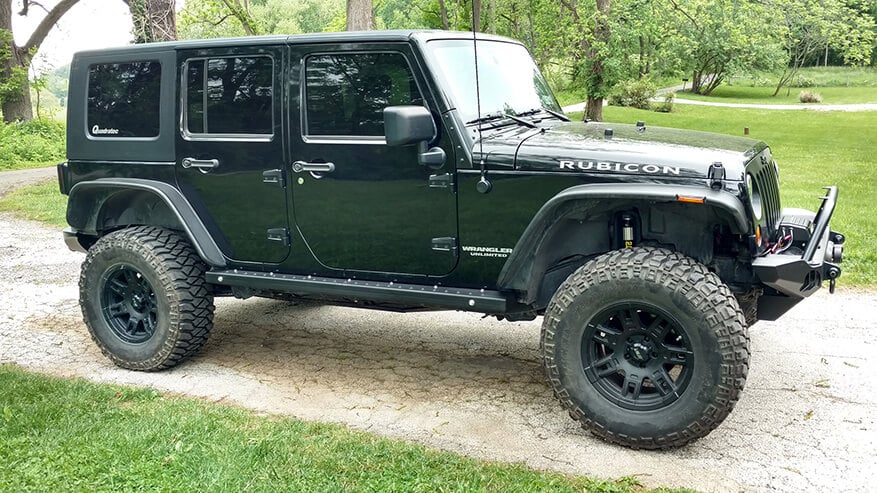
What exactly is a Jeep lift kit?
Go anywhere. Do anything.
How many times have you heard that statement either before or after you started owning a Jeep? It’s everywhere. In advertisements, brochures. Heck, even the kids selling lemonade on the street corner probably said it when you passed by them.
But come closer a moment, and we’ll tell you the real, secret truth.
You can’t.
At least, not without adding a lift kit on the vehicle for starters. Which is why many of those advertisements and brochures show a Jeep quite unlike the one that rolled out of the showroom. One tackling obstacles in huge tires, and one raised high enough that it seems like a stepladder is needed to get inside.
For that, in a lug nut shell, is a Jeep lift kit. Something designed to raise the vehicle’s suspension or body depending on the type of kit chosen. Generally, this is done to improve the Jeep’s off-road performance because that extra height allows for greater articulation, ground clearance and approach angles for negotiating extreme terrain, as well as climbing or straddling large obstacles. However, many people have no off-road inclination and just love the aggressive look a lifted Jeep provides. That's fine, too. We don't judge.
Why do I need a lift kit – or do I?
Spoiler alert. You don’t.
No matter what your friends, co-workers, or even buddies from your Jeep club tell you, there is no law requiring you to put a suspension lift on your vehicle.
So why, then, do Jeep owners put a lift on their vehicles? Two reasons, really. First, like we said before, is for off-road performance. Second, because it really enhances the vehicle’s look.
”Not everyone ‘needs’ a lift kit, because the Wrangler is capable of a lot of trails and the beach completely stock, but for many people it enhances the vehicle’s off-road capabilities and the appearance of their Jeep,” said Geoff Stafford, President of Delaware Jeep Association. “So if you decide to lift it, start with a plan from the beginning even if you can't do everything at once. A common mistake people make is going to one lift or tire size then deciding along the way they want to change it and selling off half the parts."
Fact is, a stock Jeep can do pretty well in a fair amount of light off-road situations if that is where your plans are headed. But a lifted Jeep dramatically improve the vehicle’s off-road prowess – allowing for the addition of larger tires as well as providing superior articulation to safely attack and overcome nearly every obstacle in the way.
It makes sense, then, to add a lift kit on your vehicle if you are planning on taking it off-road more frequently, whether with buddies or a Jeep club. Not only will a kit heighten enjoyment and allow you to go pretty much anywhere, but it also helps prevent many types of off-road trail damage that can plague a stock Jeep.
We get it though, not everyone has those kind of off-road needs. In fact, a vast majority of owners will never take their vehicle off-pavement at all. But does that mean a lift kit is out of the question? Not really. In fact, a good amount of those owners – maybe even you - do love the aggressive look a lift kit provides. Which is why a lift kit can be beneficial to almost any Jeep owner.
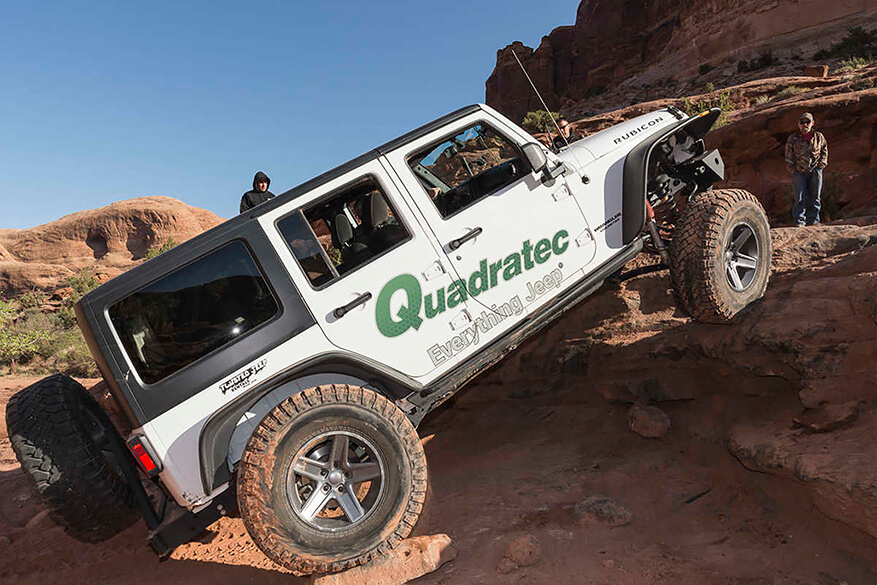
Factors to consider when shopping for a Jeep lift kit.
In real estate, the mantra is location, location, location. This is also the same idea when deciding on a lift kit for your Jeep. Only it morphs into research, research, research. What did that television network say? The more you know?
Amber Lee Dixon is a veteran Jeep owner, off-roader and member of a club called Infidel Jeepers these days, but her first lift kit experience didn’t quite go as planned.
“I can tell you that I didn’t do things ‘the right way’ on my 2008 Wrangler,” Dixon said. “In my haste, I chose to cut corners and the result was that I nearly blew the motor.”
Dixon used that installation adventure as a learning experience and worked hard researching how best to get what she wanted on her current 2017 Wrangler.
”The theme for me is trust and safety for this build,” she said. “I have quite a few friends in the industry and reached out to one that I trust with my and my daughters safety to help me select the brand, size, gears, shocks etc. He knows me very well and how I used my previous Jeep and how I intend to use this one. He was quick to tell me ‘you don’t need that’ or ‘this is a better brand and the reason is..."
”I would tell someone who is wanting to build their Jeep - don’t be in a hurry, talk to people who have done it, failed, and done it again. Also, join a club as the people are more than willing to share their advice and horror stories. Don’t be afraid to ask if you’ve never lifted a Jeep before either, as we’ve all been the newbie at some point.”
So if you are shopping for a lift kit, one of the first things to consider is your driving habits. Is this vehicle a daily driver for you, or just something you park during the week and use on weekends for fun or trips to the store? Perhaps you actually use the vehicle for pretty much everything right now, and want to transform it into an off-road beast. Well, installing a lift kit will give you a more aggressive look, but it can also change steering geometry and alter that factory ride. Even though many kits do a great job giving you a similar feel to factory, you definitely want to figure out the kinds of parts coming in these kits and whether they will play nice with your needs.
Next, take a hard look at your budget and decide how much you are willing to pay for a kit, as well as all the accessories you may also need. This is because certain lift kits have components others may not, like adjustable control arms, brake lines, shocks or sway bar disconnects. Some even offer just spacers or add-a-leafs instead of new coils or leaf springs. Again, it all depends on what your goals are once the kit is installed. Plus, for many, adding these kits usually also means you are looking to put on larger tires, perhaps new gears, tie rod, drag link - all things that can add up in cost.
Which leads to your needs.
Are you planning to install this kit because you have caught the off-road bug and want something strong enough to lift the vehicle and prevent damage? Are you in a Jeep club that has numerous trail rides during the year? Maybe Jeep events are on the schedule this summer. Or do you just want to raise the vehicle because you love that more aggressive look, while retaining a solid factory ride.
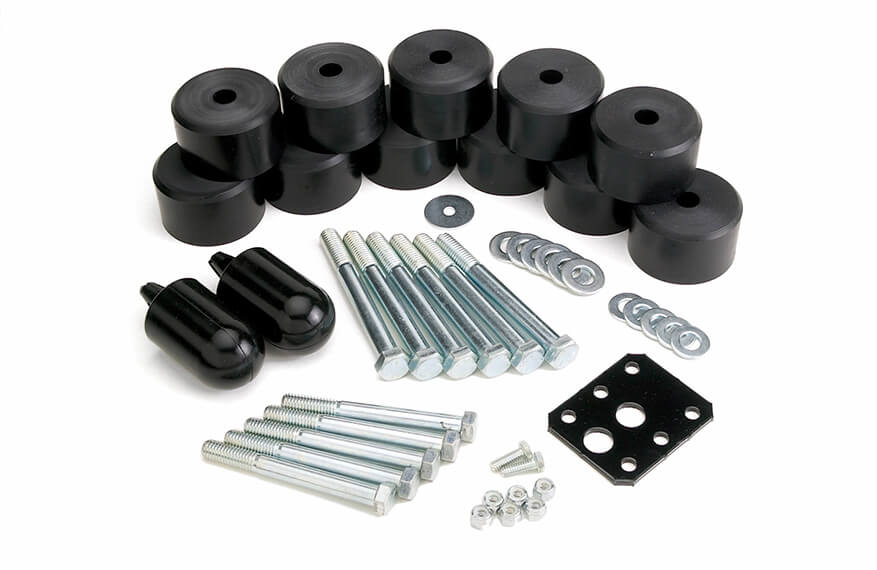
What is a body lift and will this work for my needs?
A body lift is just what the name implies – you are raising the body of the Wrangler in order to create more room in the wheel wells to add larger tires, which essentially lifts the Jeep. This is done through the use of polyurethane or rubber spacers and is one of the most cost effective ways to gain that aggressive look.
Jeep Wrangler vehicles utilize a ‘body on frame’ construction, meaning the suspension and drivetrain are connected to the frame, which in turn sits on the body. These spacers are placed in certain spots between the body and the frame.
Body lifts are offered in different height ranges, usually from 1-3 inches. However, most people stick with a two-inch lift or smaller because anything above that in a body lift can get tricky. Most of the stock components on a Jeep are not designed with that much extra room in mind and may need adjustments or extensions to perform as required. Additionally, taller body lifts can actually stress the mounts, which can be dangerous.
Generally, for those who want that more aggressive look without spending a lot of money, a body lift can fill that need. Just keep in mind, these kits are mainly cosmetic and do not actually add any additional ground clearance, nor do they provides an increase in wheel travel.
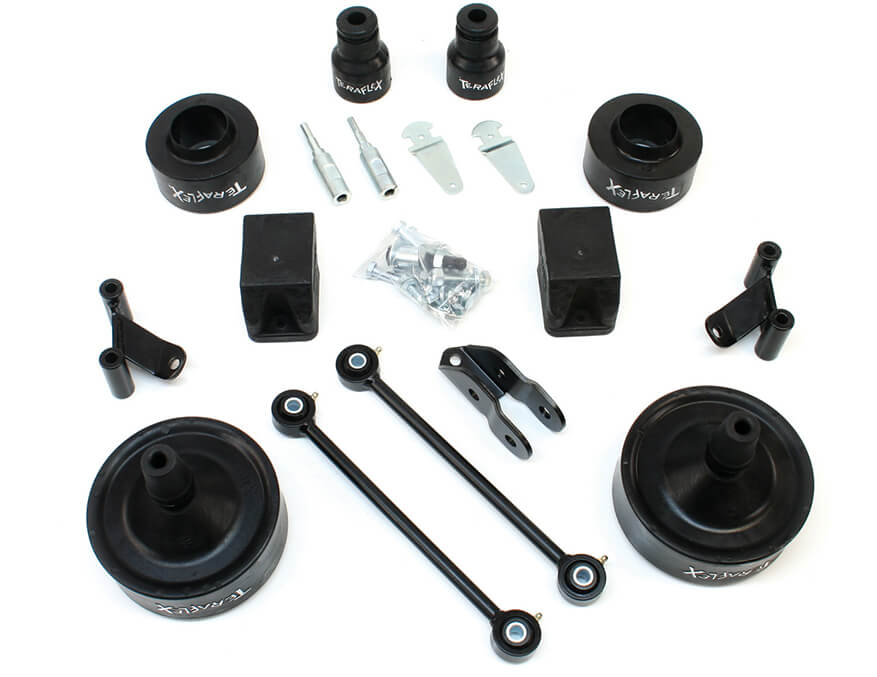
Budget Boost Systems
If you are seeking a more aggressive look to your Jeep, but also want to do some light to slightly moderate off-roading, then installing a budget boost lift is a great alternative to just adding a body lift. Kits like these are also less expensive than a ‘full-blown’ suspension lift and will not require modification to the vehicle’s suspension – meaning you won’t need to replace a driveshaft, extend brake lines, or regear the vehicle. Which helps these kits fit into many owners’ budgets.
These systems can give you between .75" to 2.5" of lift that is achieved from either installation of polyurethane coil spacers added on top of your Jeep's stock coil springs, or larger shackles on a YJ. Some kits even feature spacers that are taller up front and shorter in the rear to help eliminate the Jeep JK factory rake. Many budget boost lift kits include longer aftermarket shocks or shock extensions, longer sway bar links, brake line brackets and even track bar brackets. Some kits just include the spacers and recommend adding additional accessories. However, if the budget kit does not include shocks, it usually is a good idea to pick up a set as new shocks definitely enhance ride quality.
Like body lift systems, inexpensive budget boosts allow for installation of larger tires - typically up to 30" (YJ), 31” (TJ) and 33” (JK) depending on the kit. However, unlike body lifts, the additional clearance and support, as well as new shocks and other brackets, also helps those who are ‘recreational’ off-roaders and love spending time in the woods without beating up their vehicles on more difficult trails. You won’t get the overall strength, clearance and wheel travel of a full suspension lift, but you definitely save money and still get some benefits to help get that vehicle off-pavement.
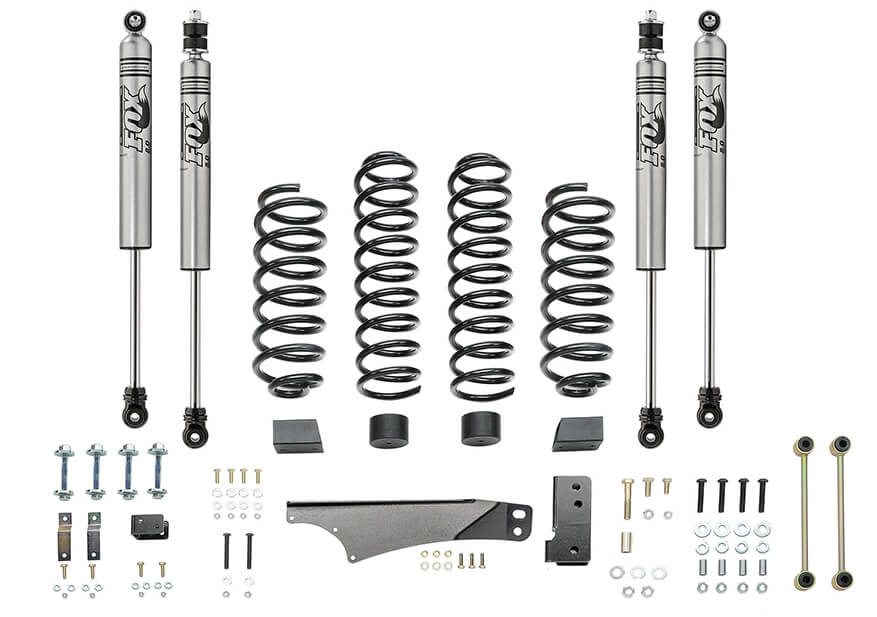
Suspension Lift Kits
A coil, or leaf spring, lift system is where you really start seeing the benefits of lifting the Jeep because, unlike budget boosts, these new components will allow for additional wheel travel when off-road, meaning improved tire contact with the ground and an enhanced ride. These are the kits most enthusiasts install in their vehicles because the new springs (coil or leaf) are designed for that added travel in order to safely perform at a high level, while providing the necessary ground clearance for superior approach, breakover and departure angles required during more advanced off-roading. This added size also provides the ground clearance needed to protect the vehicle from trail damage.
Many of these suspension lift kits also come with longer aftermarket Jeep shocks, and may even include a host of other accessories – depending on the lift size - such as bump stops or bump stop extensions, track bar or brackets, sway bar links, transfer case lowering kit, control arms and either longer brake lines or brake line brackets.
Smaller-sized kits – 2.5” or lower – generally retain a factory-type ride and are not as intensive to install. Nor will they necessarily require a lot of extra accessories, as these kits do not radically change the vehicle’s steering geometry. These sized suspension lifts are popular with many daily driver enthusiasts who want that rugged look, and who may even plan to take the vehicle off-pavement, because they provide the ground clearance for larger tires and more durable components to tackle most off-road trails.
A larger-sized suspension lift, ones 3” and up, typically results in an even more aggressive stance and amazing off-road performance, but the trade off can be a stiffer ride versus stock as well as increased wear and tear on parts. It is true that some lift kits of this size boast a ‘same as stock’ ride, however a good rule of thumb is the higher you lift the vehicle, the more its center of gravity is raised - which decreases handling, creates a harsher ride, rapidly increases wear on drive shafts, can create vehicle vibrations, and may result in road wander.
Both of these kits are definitely more involved than budget boost versions, and larger-sized kits may require installation of additional components like an aftermarket driveshaft, relocations for the exhaust, adjustable control arms or Jeep track bar (if not included in respective kits) or even force you to re-gear the vehicle depending on your tire size choice.
All of this means these suspension kits are not an ‘install and forget’ job. Constant monitoring is needed in order to make sure your vehicle performs at its best.
What are the differences between long and short arm lift kits?
Some suspension lifts are termed short arm kits, while others are called long arm kits depending on kit components and how they attach. And the differences between them can be crucial to the way your vehicle performs both on and off-road.
In general, a short arm lift kit basically attaches to the factory control arm mounts and is widely considered one of the most popular suspension systems because of its affordability and easier installation. These kits typically contain everything you need such as new coils, shocks, brake line extensions, bump stops, Jeep sway bar links and track bars, but also may include new adjustable control arms in order to retain the factory geometry.
These kits are offered anywhere from 2-6”, however the benefits of a short arm suspension lift are best found in kits under 3.5”, as there is normally not a noticeable difference in drivability below that threshold. Plus, you do not need to make any driveline modifications, nor incorporate welding and other fabrication to the installation.
Short arm kits are known to provide generous ground clearance, suspension travel and wheel articulation, and a fairly simple bolt-on installation. However those planning to install larger lift kits above 3.5” can encounter drivability issues and possibly will have to add other aftermarket suspension components to a short arm system.
Long arm suspension kits, in contrast, require complete removal of the factory control arm brackets when installing, as the kit’s new longer control arms need heavier aftermarket brackets. These systems also attach further back on the vehicle and take up more space in order to reduce the overall angle of the arms despite the lift’s size.
Generally, this style of lift kit is popular for those who want (or require) a 4” or taller lift on their vehicle, but also desire that same factory-type drivability. These are systems, though, that are definitely not for everyone because of cost and the amount of work needed for installation. Long Arm lift kits usually require a lot more suspension and driveline component replacement and, as a result, need quite a bit more labor to install - including fabrication and/or welding – in order to maintain factory-type geometry.
The advantages of a long arm kit are pretty straightforward, as this system provides greater ground clearance, wheel travel and articulation which is perfect for those looking to attack much more difficult trails and extreme obstacles, while still maintaining a smooth ride.
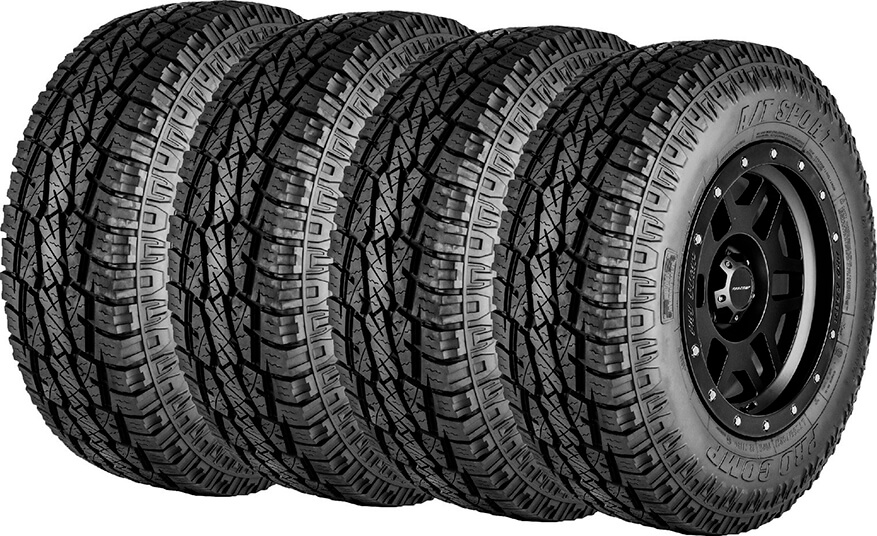
Do I need larger tires when installing a Jeep lift kit – and what size?
Nobody needs larger tires when adding any type of Jeep lift kit to their vehicle, however look it like this – you also do not have to paint that new living room after adding drywall and redoing the floors and ceiling. But you do. Because it makes the whole ensemble look great.
Fact is, most people who add some kind of lift on their Jeep are doing it to get larger tires and make the vehicle look better. More aggressive.
So if you are in that group, here is some general information you need to know about what size tires will work after installing a lift kit on your Wrangler. Your mileage may vary depending on wheel backspacing or whether you are an on-road or off-road driver. These measurements are based on daily driving.
For 31” tires: YJ Wranglers will need at least 1” of lift to accommodate on stock wheels with some minor fender trimming, while TJ vehicles can get by with no rubbing on a 1” lift.
For 33” tires: YJ Wranglers can accommodate on a 4” suspension lift with some limited rubbing or trimming. TJ Wranglers can normally fit this size tire with no issues on a 3” suspension. JK Wranglers can put this size tire on its stock suspension.
For 35” tires: YJ Wranglers need at least a 6” suspension to accommodate this size to fit without rubbing, but these size tires will fit on a 4” suspension with fender trimming. For TJ Wranglers, a 4” suspension fits this size tire with no issues, while JK owners can safely utilize these tires with at least a 2” spacer kit.
For 37” tires: TJ Wranglers can get by with a 6” lift and minor fender trimming, while JK Wranglers normally can accommodate this size with a 3.5” suspension lift.
What other modifications do I need with a lift kit?
Depending on the lift size you choose for your vehicle, you may need some additional products in order for your vehicle to perform the way you expect. In general, placing a 2.5” or greater lift on your Jeep can affect your Jeep’s geometry in a couple of ways. While basic body lift kits normally do not have a noticeable effect on the overall geometry of the Jeep, 2-3” lifts may require you to install extensions or brackets for the radiator, shifter and possibly steering linkage. Additionally, fender trimming may be required depending on the tire size choice.
Many suspension lift kits will include the parts you need to help keep the vehicle’s geometry correct, but some may only include shocks, a new Jeep steering stabilizer and springs. If this is the case with your 2.5” lift, then longer front and rear track bars – as well as upper and lower control arms – are needed in order to keep the driveline vibration in check as well as to ensure the vehicle’s steering geometry is correct. It is also possible you will need a stronger aftermarket driveshaft that can stand up to the wear and tear from taller lift kits, as well as brake line extensions.
More extreme lift kits, including short and long arm ones, normally have just about everything you need including adjustable control arms (or longer ones) to keep the wheelbase and pinion angles correct, as well as adjustable track bars to help re-center the axle. However, kits that exceed 4” will most likely require a new, longer driveshaft as well as longer brake lines. Some kits, because they allow for extra wheel articulation, may require you to purchase new flat fender flares to accommodate this extra travel. Additionally, many of these new and longer components may require you to cut and weld brackets to relocate the Wrangler’s exhaust.
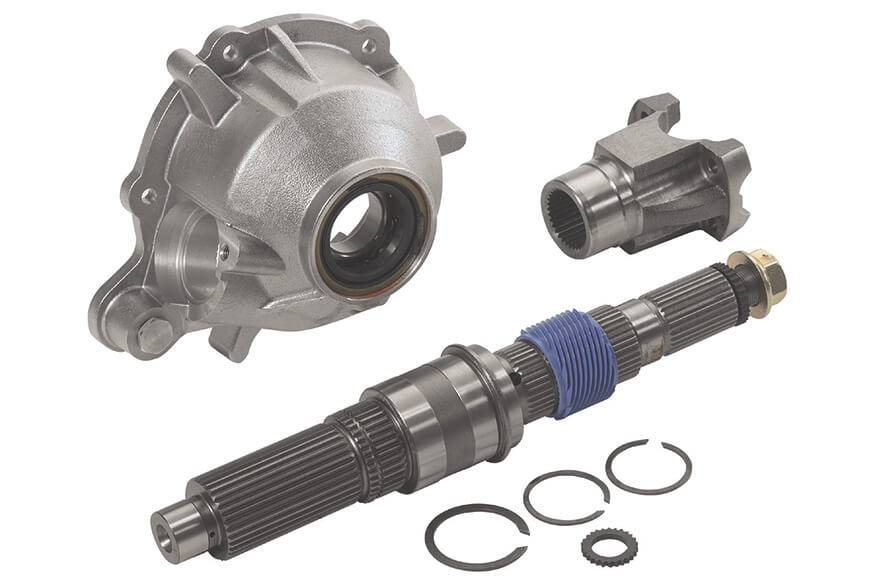
What is a slip yoke eliminator and do I need one?
When you add a lift kit on your Jeep Wrangler YJ or TJ, the angle of the rear driveshaft increases. This can cause driveline vibrations and premature wear – especially on vehicles where a 2” or larger lift kit has been installed. A Slip Yoke Eliminator kit reduces the length of the transfer case tail shaft by moving the ‘slip’ function on to the drive shaft and changing to a fixed yoke on the rear of the transfer case. Generally, those who install a 2” lift kit may need this product, but anything 3” or higher usually require a SYE kit.
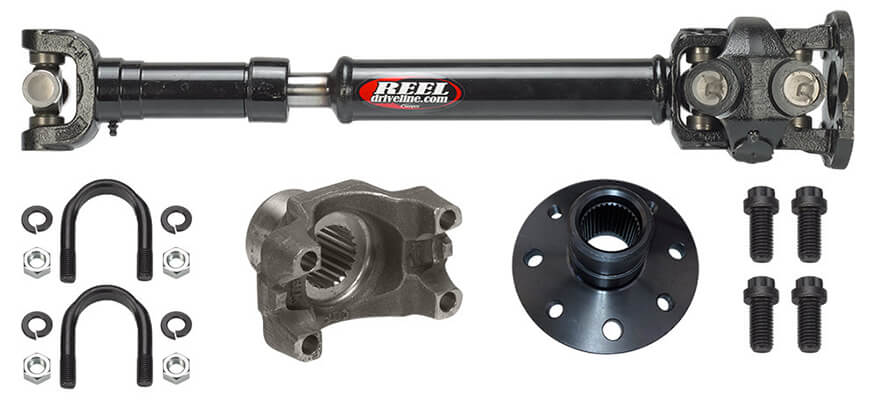
Do I need to replace my factory driveshaft after installing a new lift kit?
For most people, the Wrangler factory drive shafts will work fine up to a 2.5” lift kit. That’s not to say you shouldn’t think about a replacement, as aftermarket driveshafts are stronger and more durable than factory. So those planning on utilizing the vehicle for off-road purposes as well as on road, are better served swapping out the factory driveshafts no matter the lift size.
However, when your suspension lift plans involve a 4” or greater kit, it is usually required to swap of the factory drive shafts because of extreme articulation involved.
When do I need longer brake lines?
Most suspension kits 2.5” or more will include brake line extensions, as the additional flex of these kits can compromise factory lines when off-roading. However, if your kit did not include longer brake lines, and you are a daily drdiver, you may want to test the kit during installation to see if your vehicle will need the additional length.
There are some who claim they did not need longer lines even at 4” of lift, but vehicles can vary and these longer brake lines are usually a good investment to make for most suspension lifted vehicles. If only for additional peace of mind.
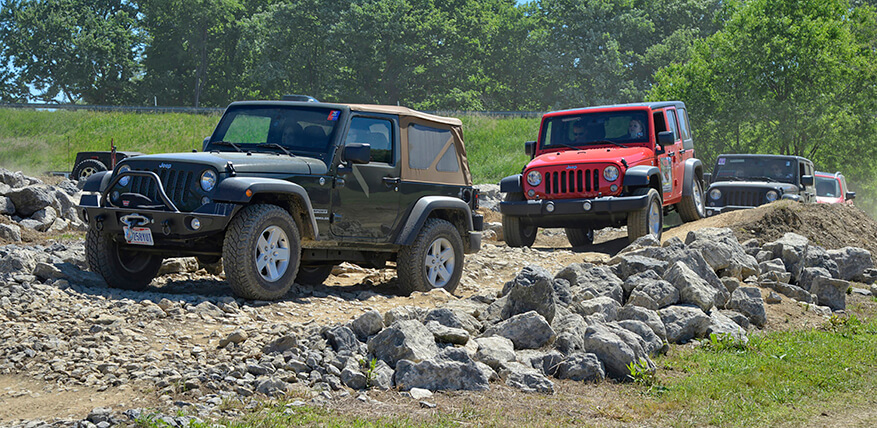
Will I lose ride quality with a Jeep lift kit?
Possibly. Depending on the kit.
Although adding a suspension lift can improve off-road performance or change the look of your vehicle, there can be disadvantages to making this modification with some lift kits.
Raising a vehicle moves up the center of gravity which increases poor handling, creates a stiffer ride, rapidly increases wear on drive shafts or other components, creates driveline vibrations, and can cause the vehicle to wander while driving. This can also increase maintenance and repair costs. As a result, lifting your Jeep may not be the most ideal way to go for you, but that’s perfectly fine because even stock Jeeps are very off-road capable.
Can I install a lift kit myself?
Certainly. Most kits arrive with a detailed instruction sheet and can be installed in a garage or driveway. However, be realistic with your skill level. Remember, these kits change more than just the vehicle's ground clearance and the last thing you want to do is compromise your safety.
Realistically, if you are not an experienced mechanic, then it may be best to have your lift professionally installed to ensure it is done correctly. The installation process does involve a lot of work and time spent around and under your Jeep. Sometimes even cutting and welding is required. So it is usually best consult a professional to avoid any unintentional damage.













